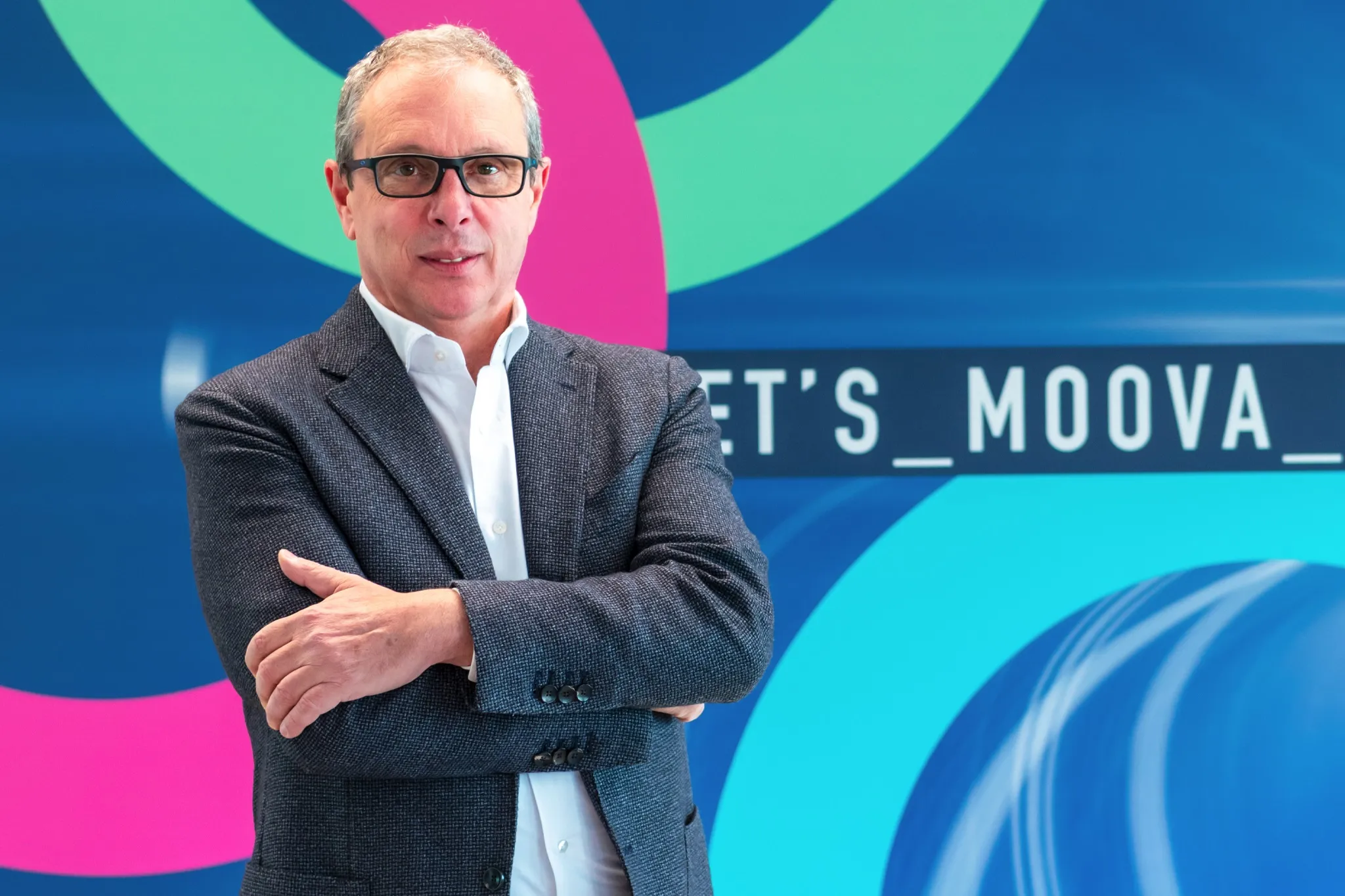US-based Image Sensing Systems (ISS) has released its new intelligent licence plate recognition (LPR) camera, the Autoscope Ex-120 series. Developed in partnership with UK company CA Traffic and using their high performance camera technology, the Ex-120 will further enhance the ISS LPR offering and will provide a more complete solution for its customers.
The Autoscope Ex-120 series is a fully integrated high-definition camera above-ground LPR camera powered by ISS’ field-proven license plate recognitio
February 17, 2014
Read time: 2 mins
US-based 6626 Image Sensing Systems (ISS) has released its new intelligent licence plate recognition (LPR) camera, the 6575 Autoscope Ex-120 series. Developed in partnership with UK company 521 CA Traffic and using their high performance camera technology, the Ex-120 will further enhance the ISS LPR offering and will provide a more complete solution for its customers.
The Autoscope Ex-120 series is a fully integrated high-definition camera above-ground LPR camera powered by ISS’ field-proven license plate recognition engine, available for both one and two lane applications. The combination of ISS’ robust license plate recognition engine and the intelligent Autoscope Ex-120 provides one of the fastest, most accurate cameras in the world.
“Coupling our world-renowned LPR engine with the highest quality fixed camera on the market is to me, one of the most exciting things to happen in the industry this year,” said Keith Hofkens, global product manager of ISS. “In an industry ripe for innovation, we are shifting the focus to customer led, benefit based, high tech solutions.”
“We are excited to be partnering with Image Sensing Systems. The innovation of our camera technology integrates perfectly with ISS’ Safe Cities platform,” said Bernard Greene, managing director of CA Traffic. “We look forward to working with ISS and providing fully integrated solutions for the global law enforcement, parking and security sectors.”
The Autoscope Ex-120 series is a fully integrated high-definition camera above-ground LPR camera powered by ISS’ field-proven license plate recognition engine, available for both one and two lane applications. The combination of ISS’ robust license plate recognition engine and the intelligent Autoscope Ex-120 provides one of the fastest, most accurate cameras in the world.
“Coupling our world-renowned LPR engine with the highest quality fixed camera on the market is to me, one of the most exciting things to happen in the industry this year,” said Keith Hofkens, global product manager of ISS. “In an industry ripe for innovation, we are shifting the focus to customer led, benefit based, high tech solutions.”
“We are excited to be partnering with Image Sensing Systems. The innovation of our camera technology integrates perfectly with ISS’ Safe Cities platform,” said Bernard Greene, managing director of CA Traffic. “We look forward to working with ISS and providing fully integrated solutions for the global law enforcement, parking and security sectors.”








